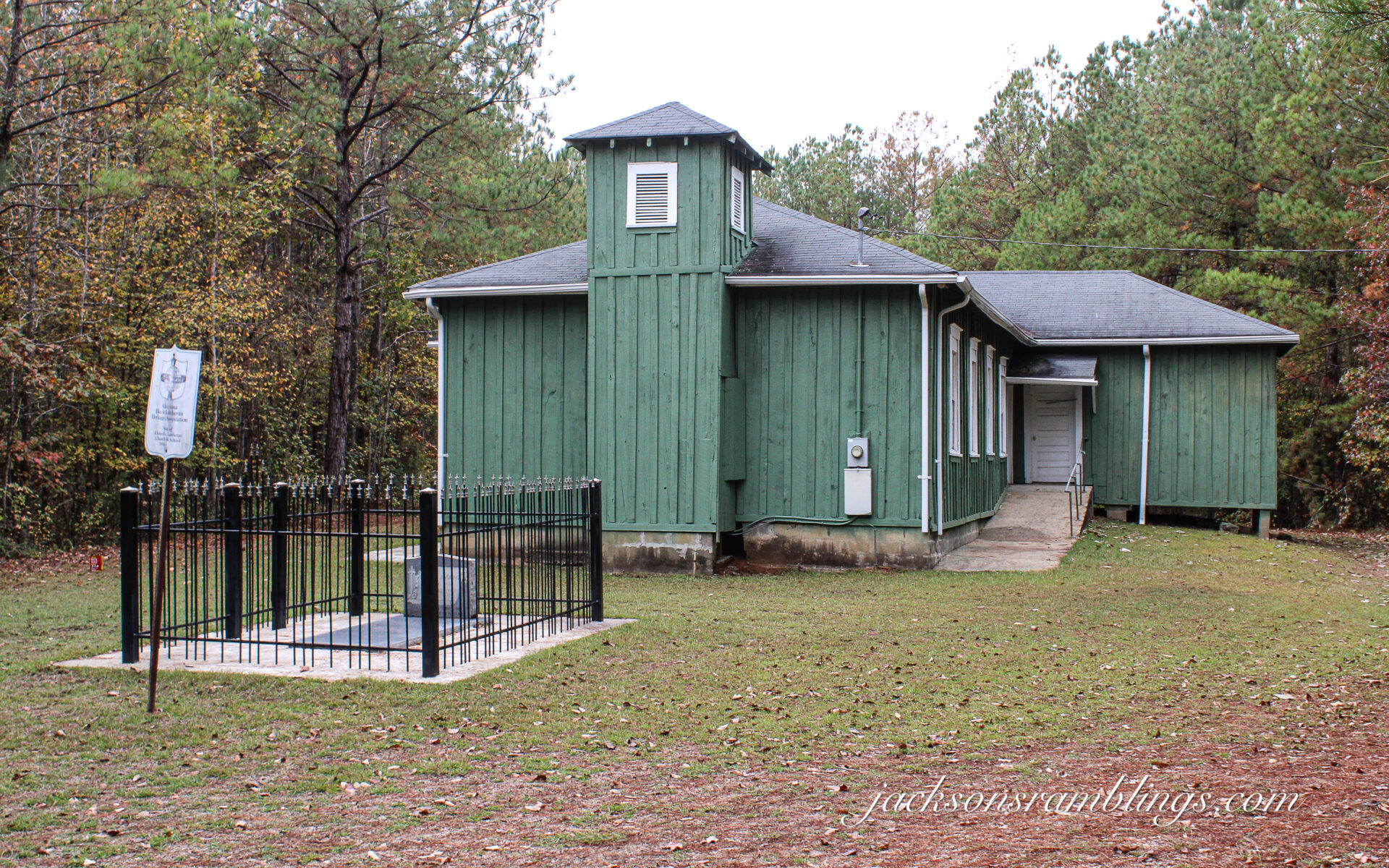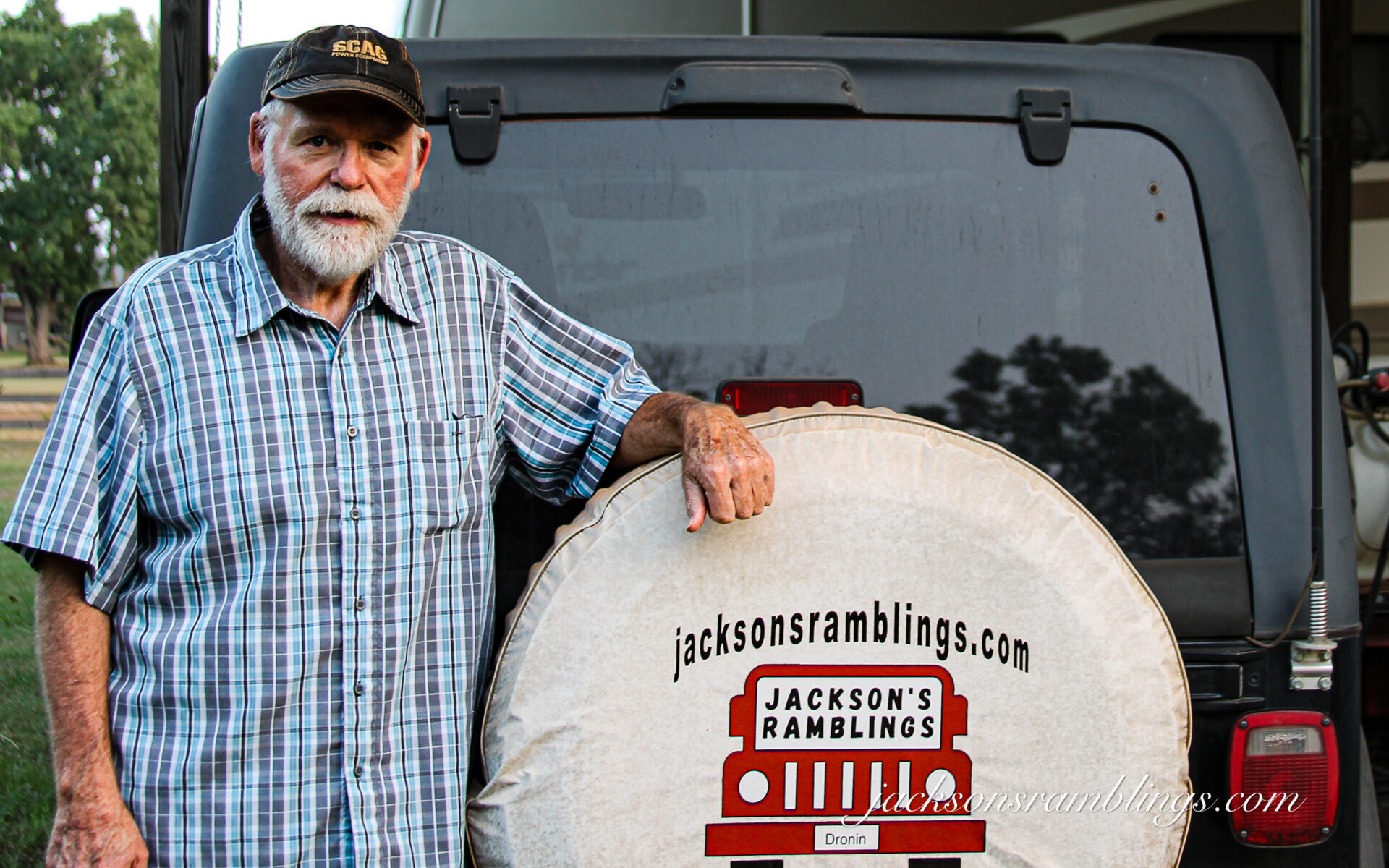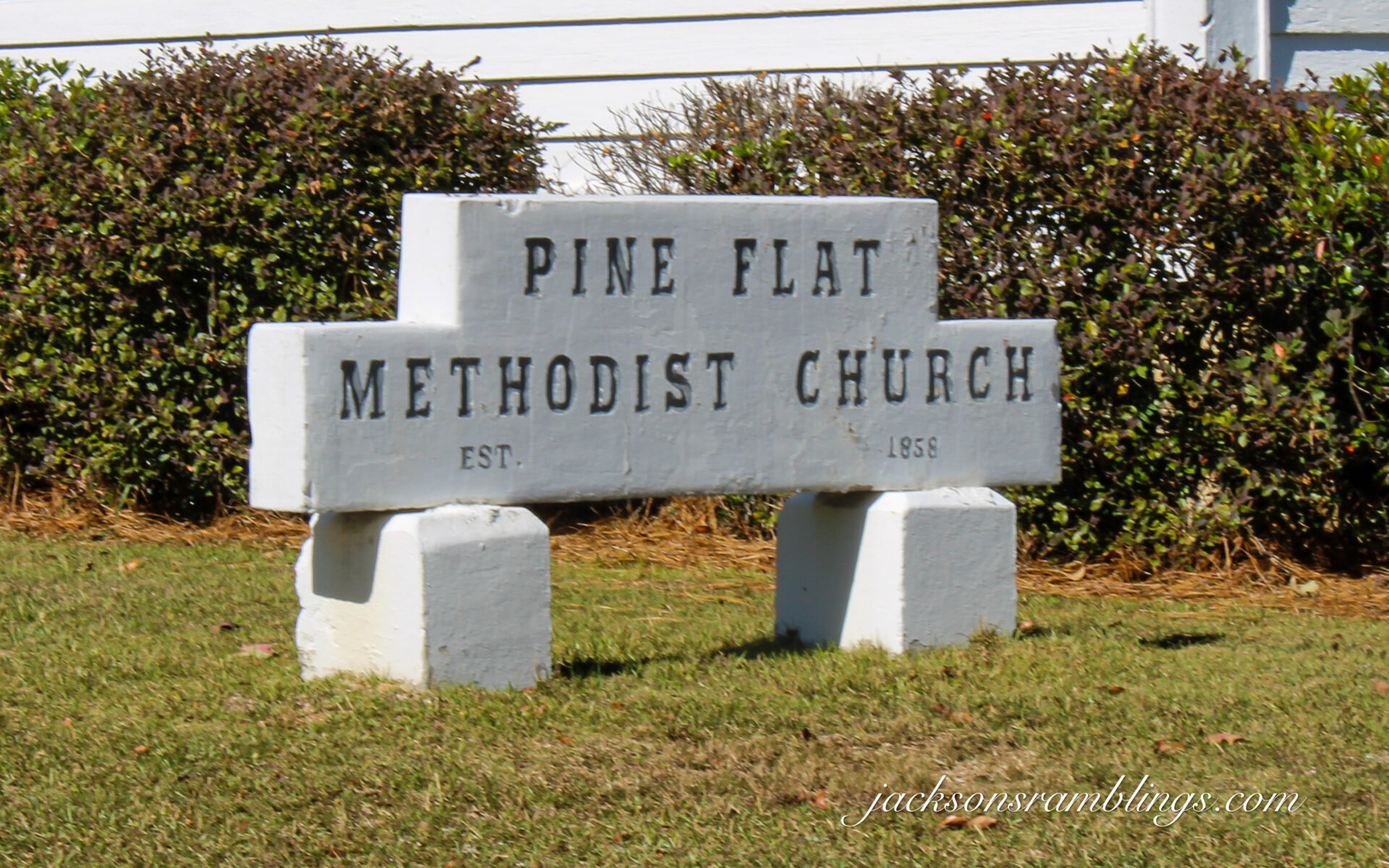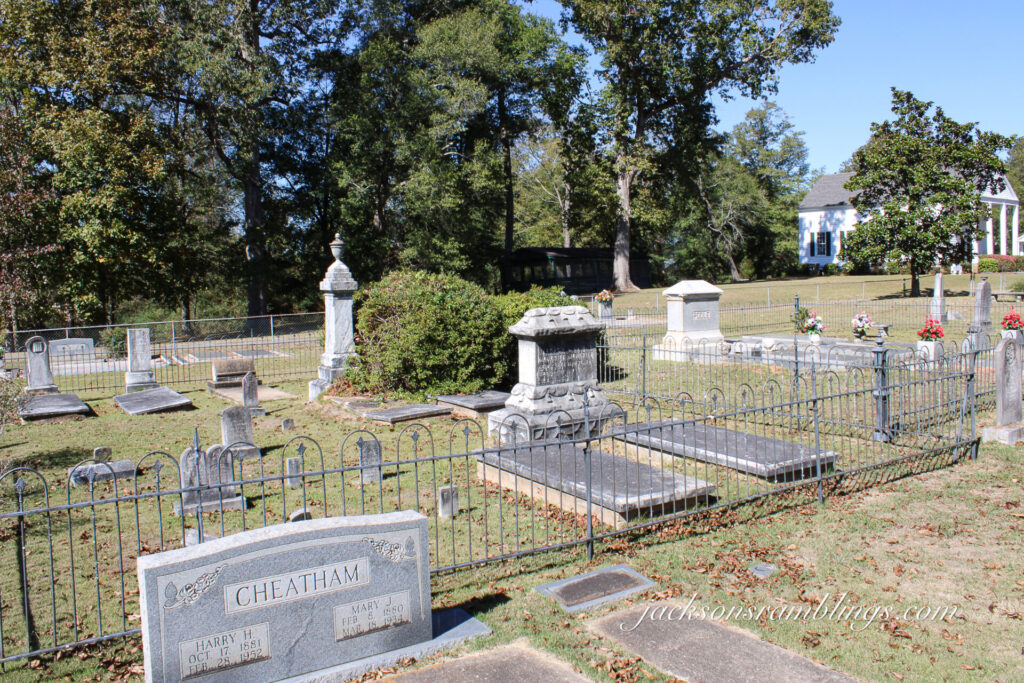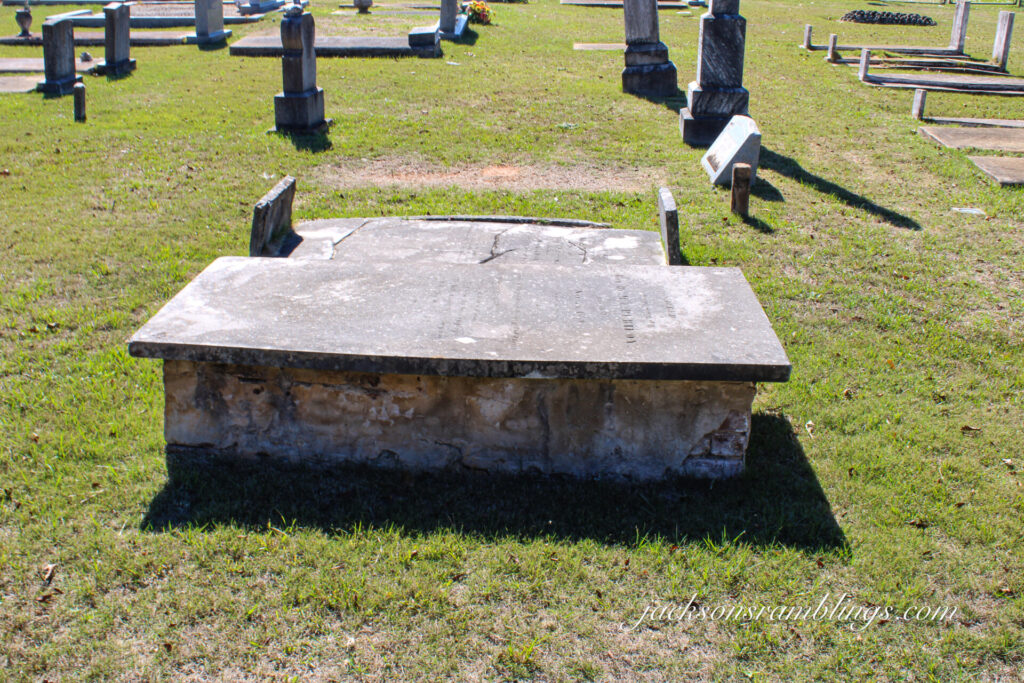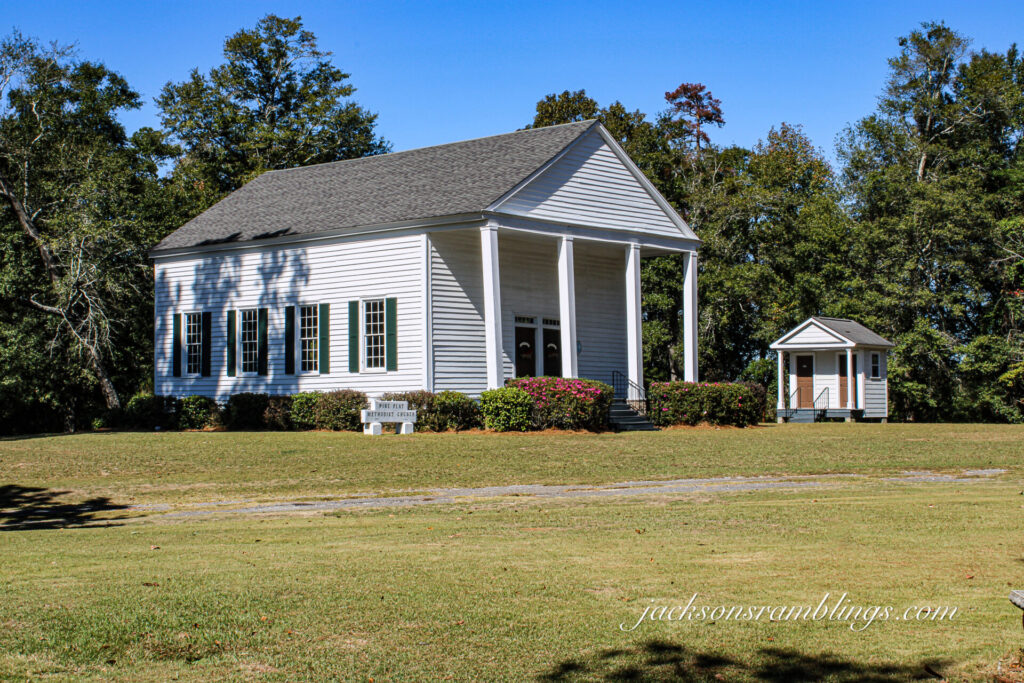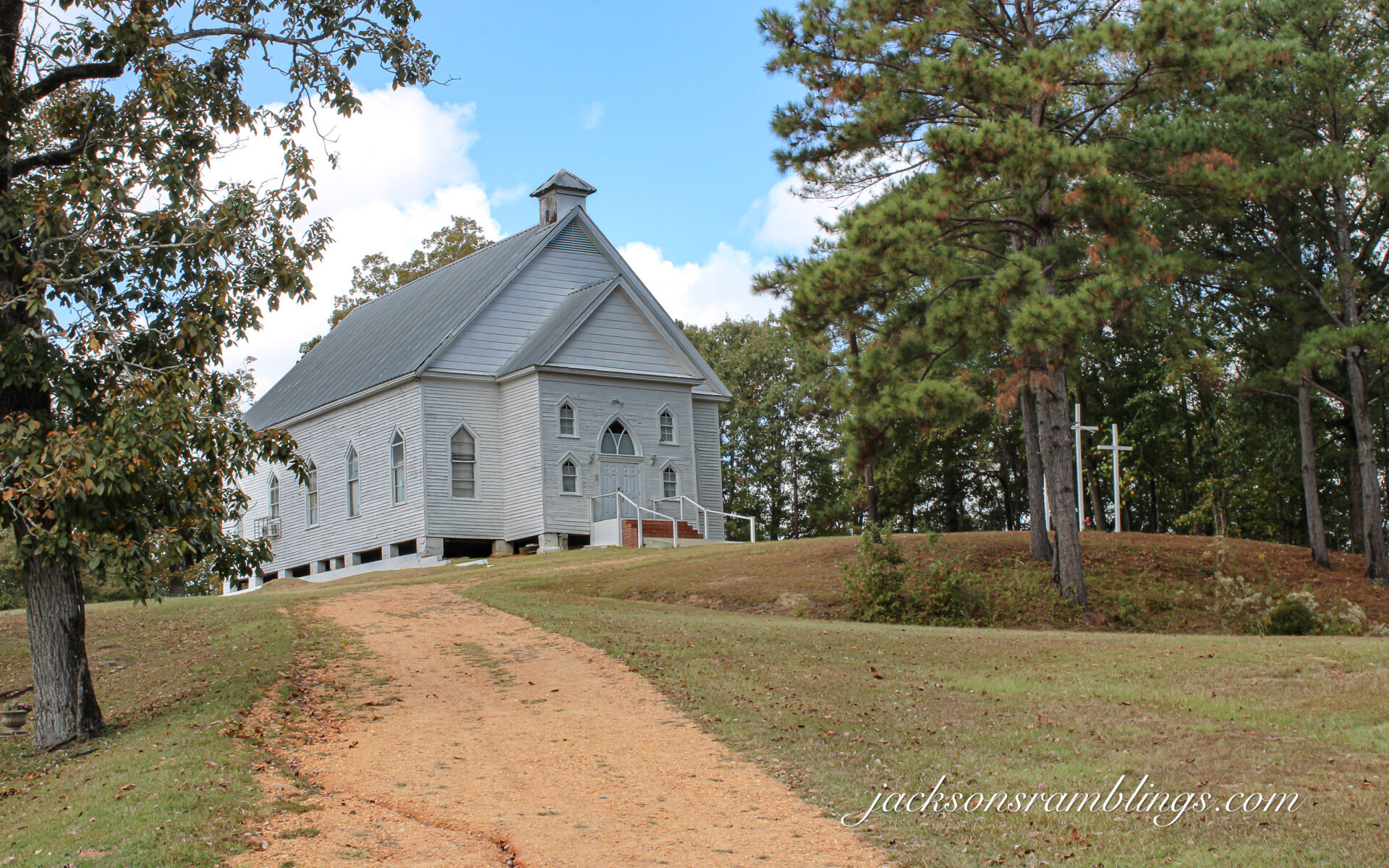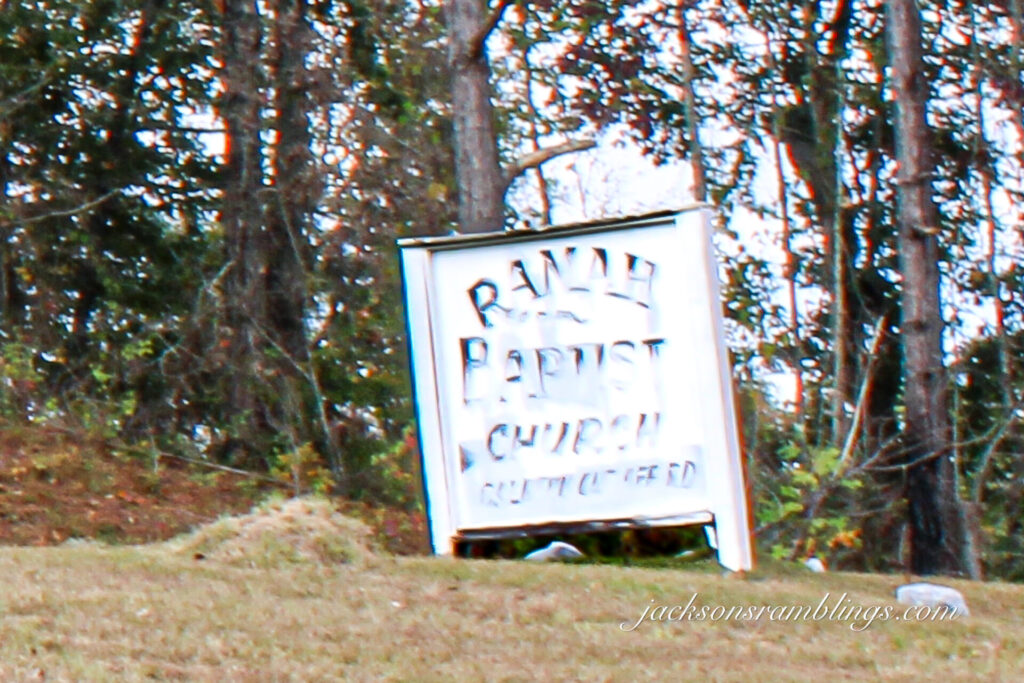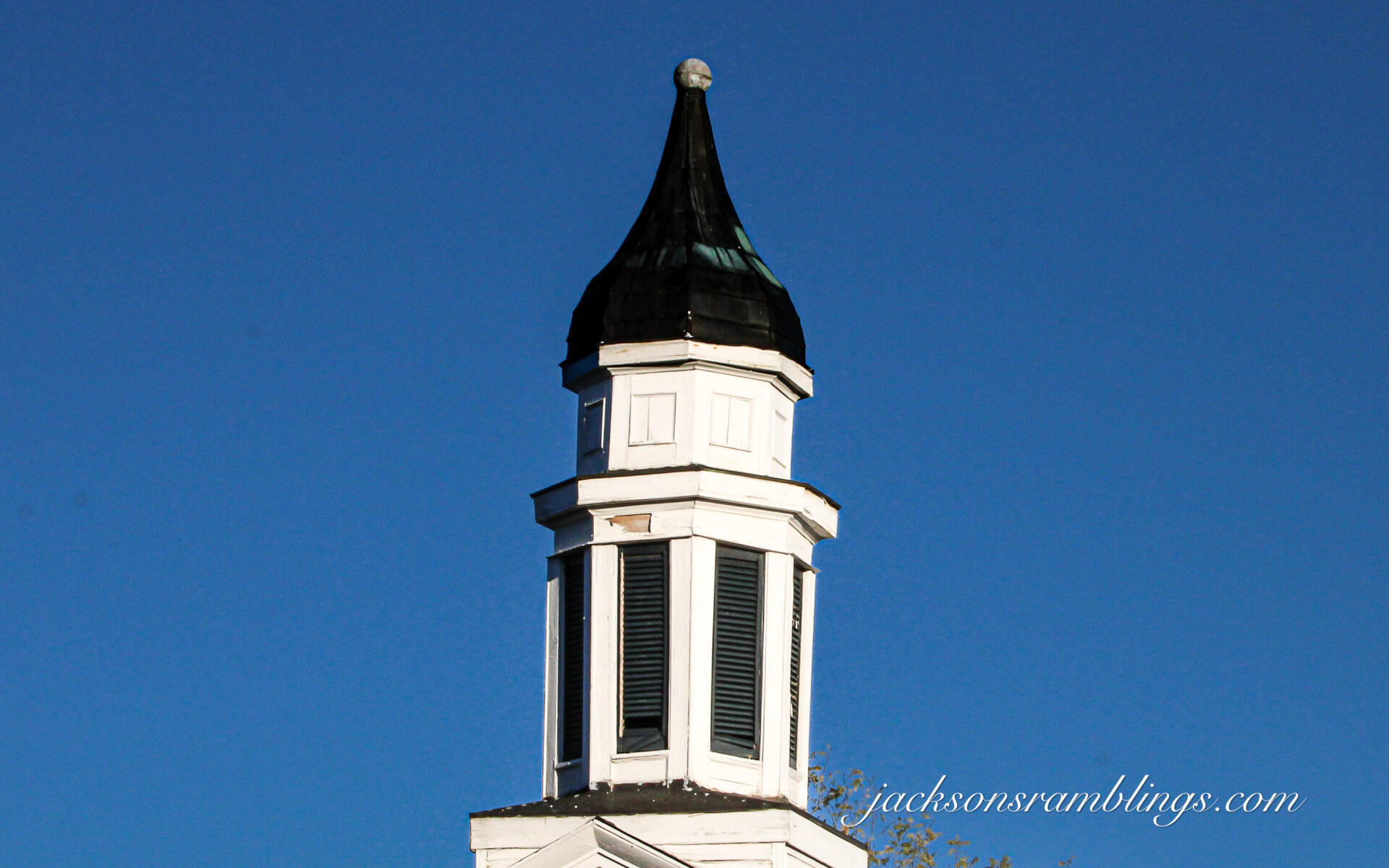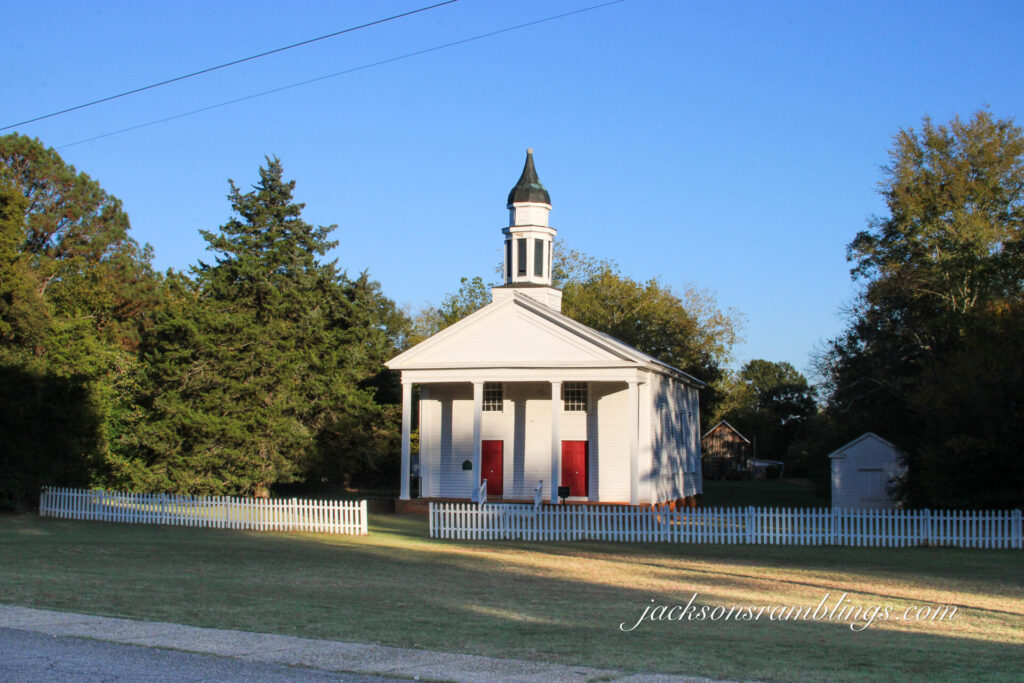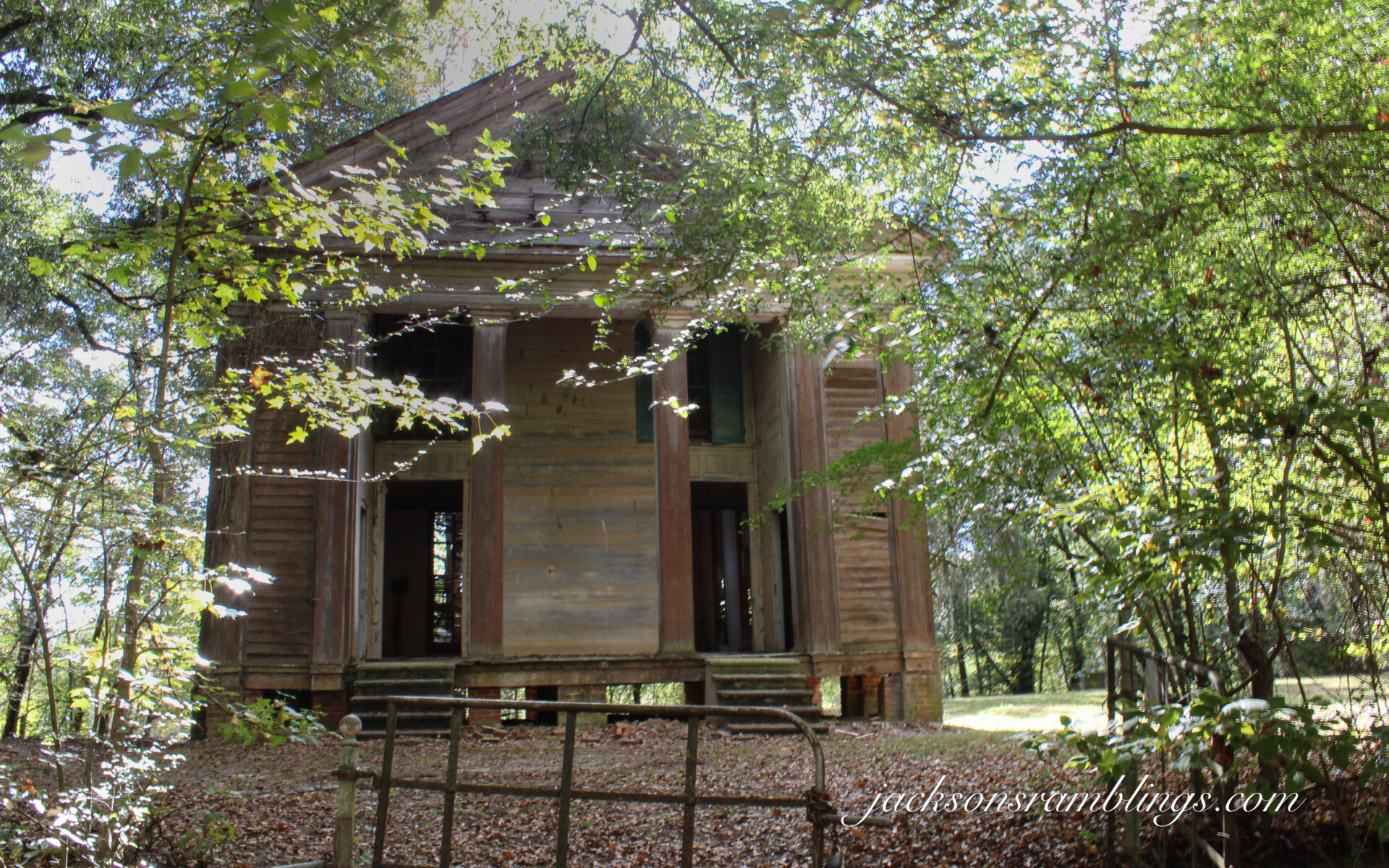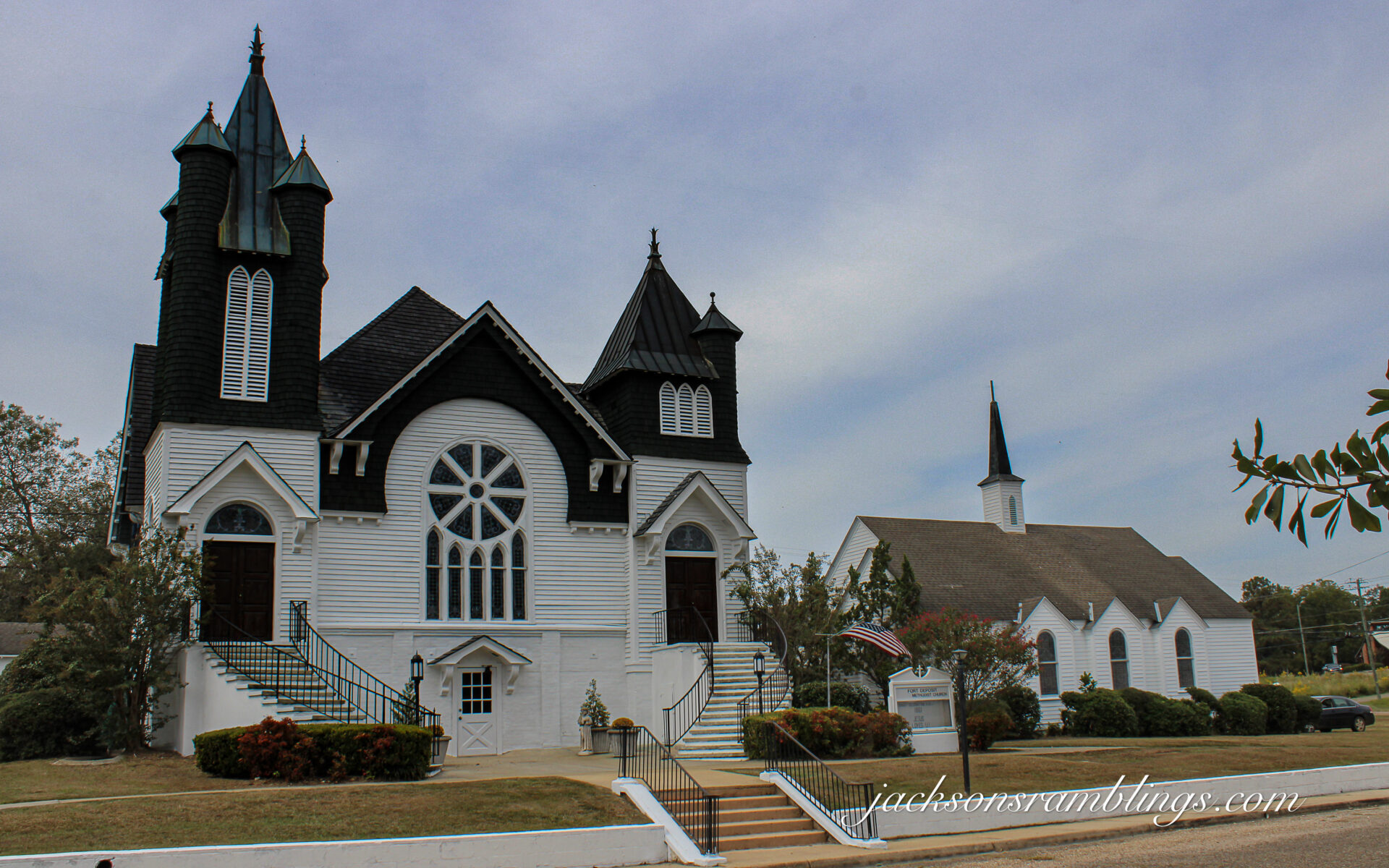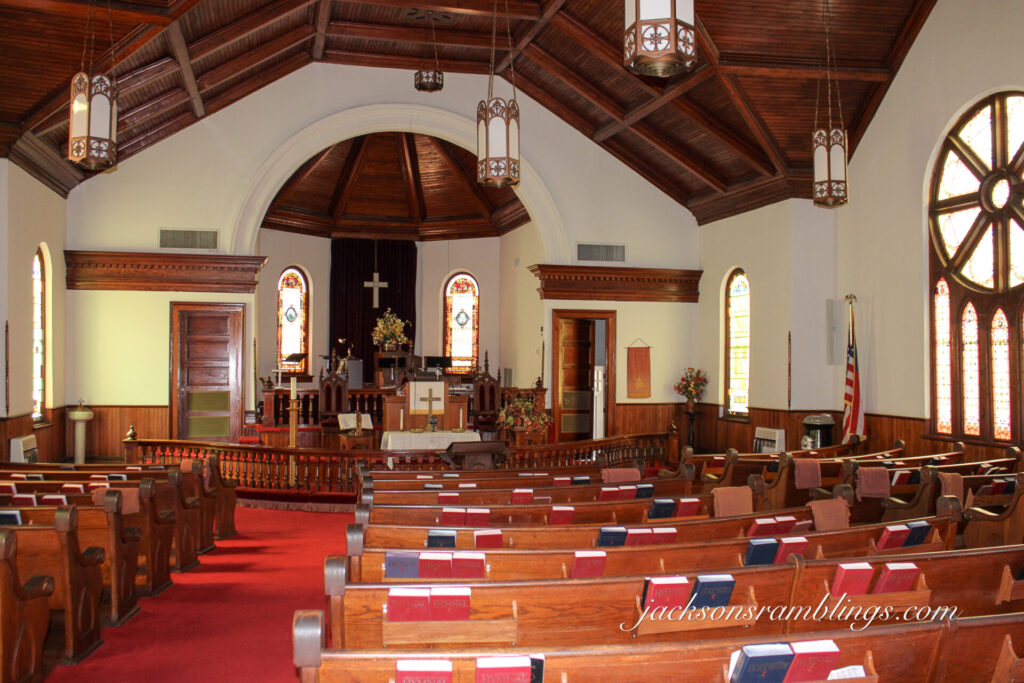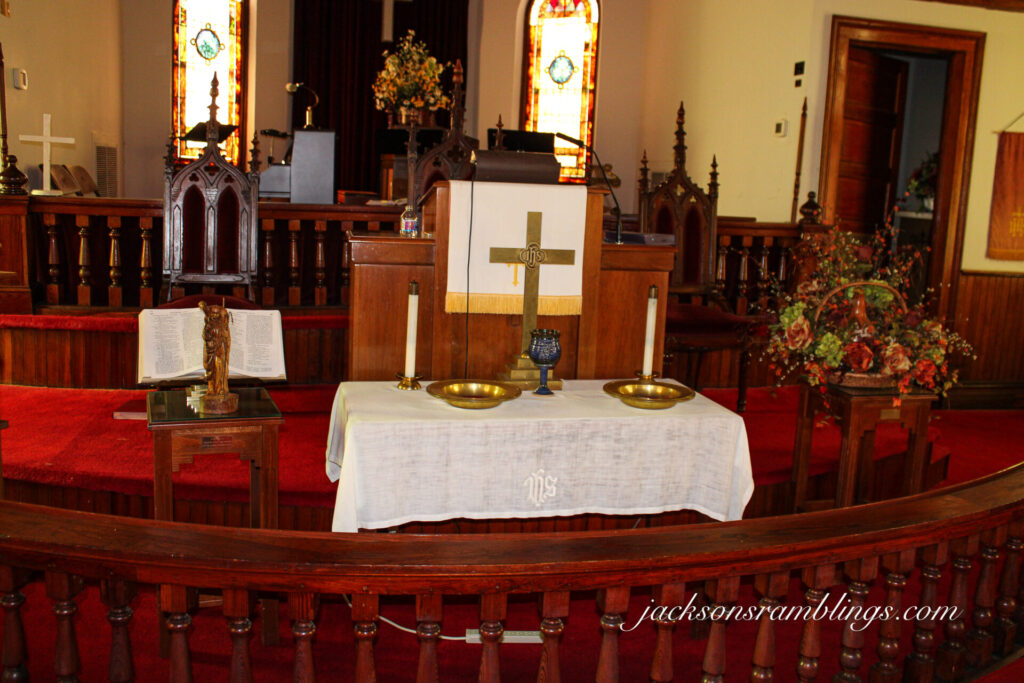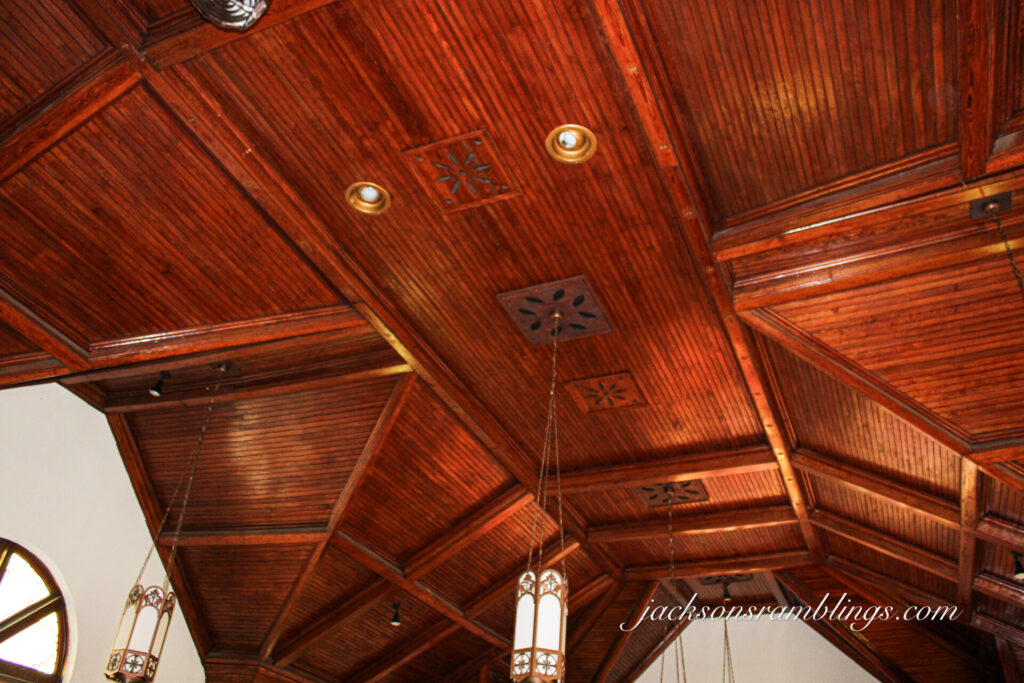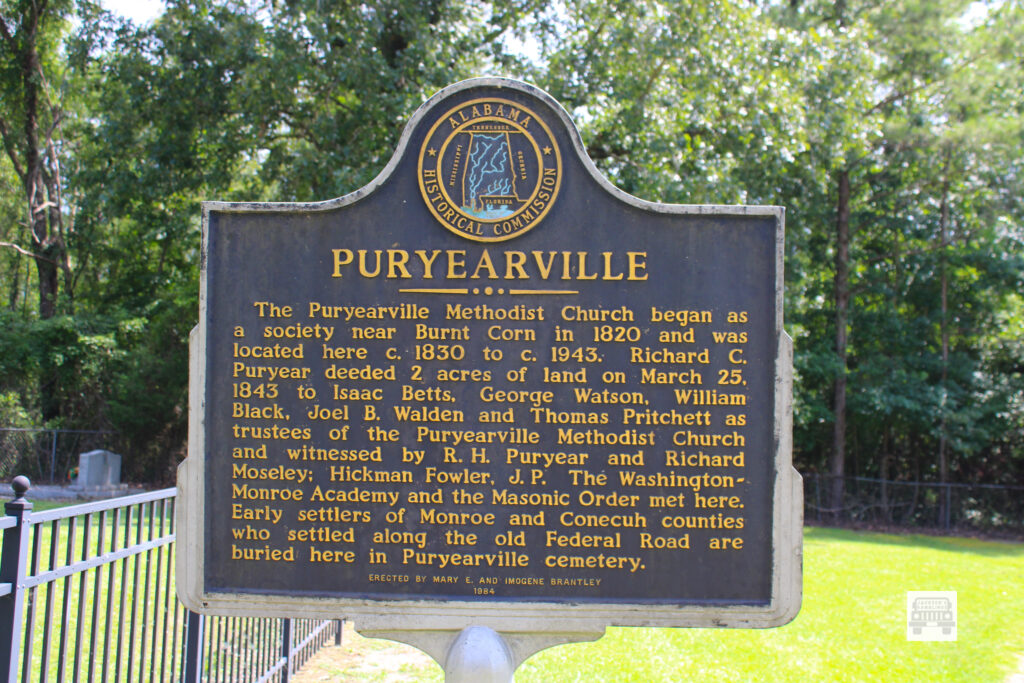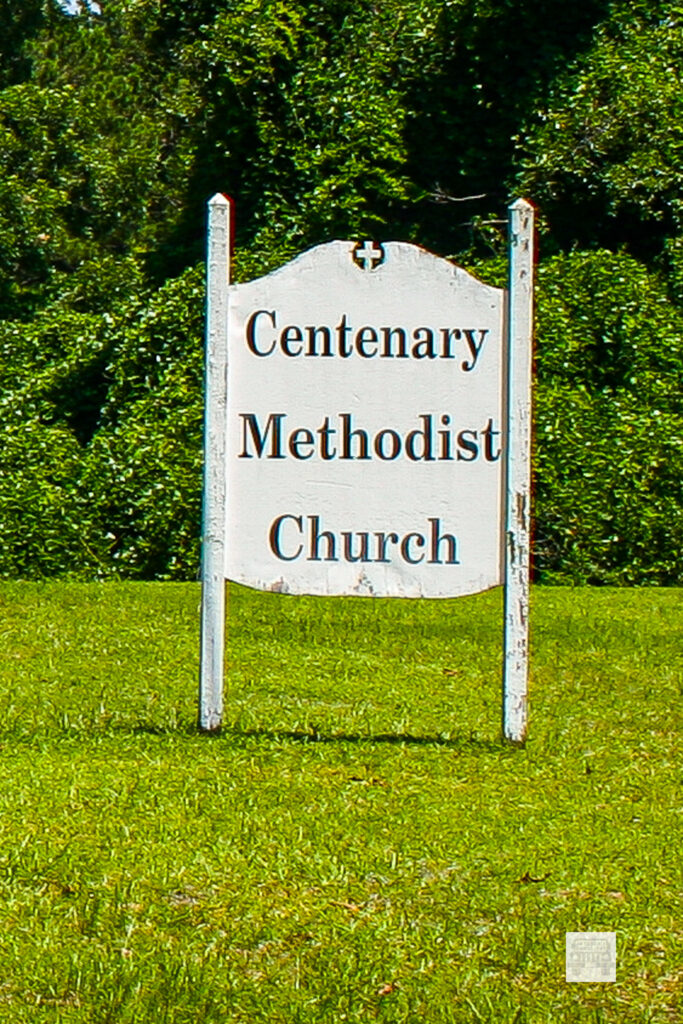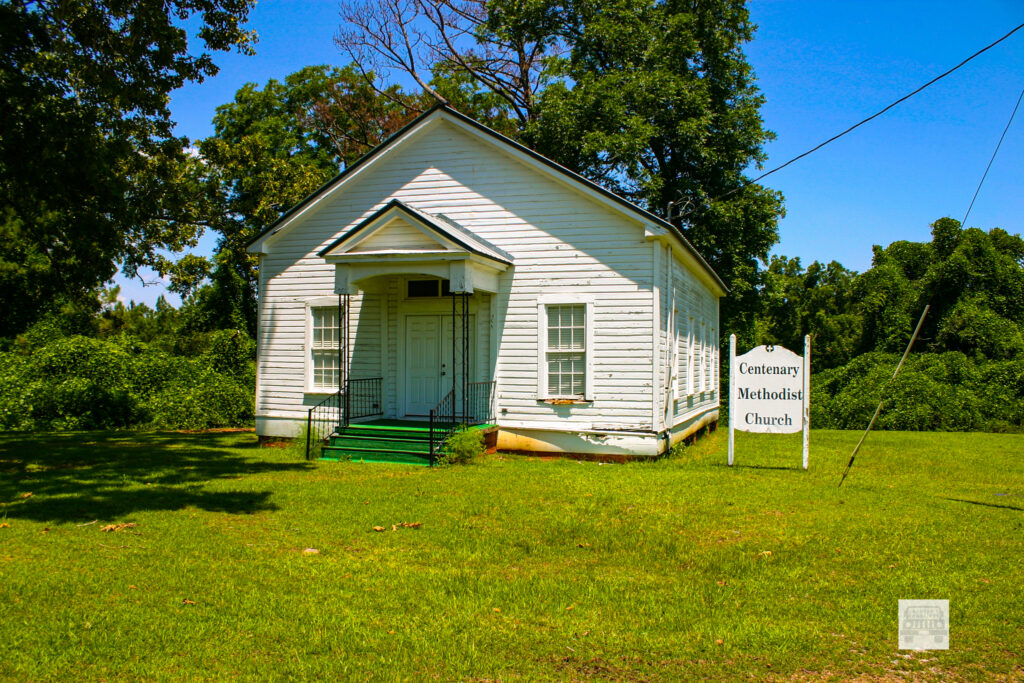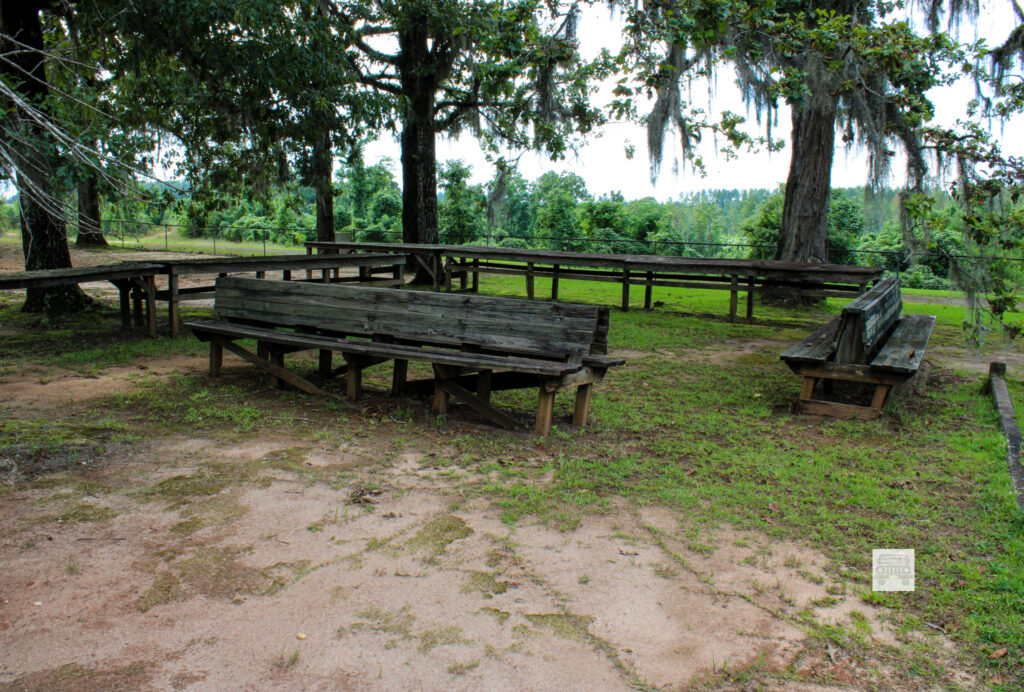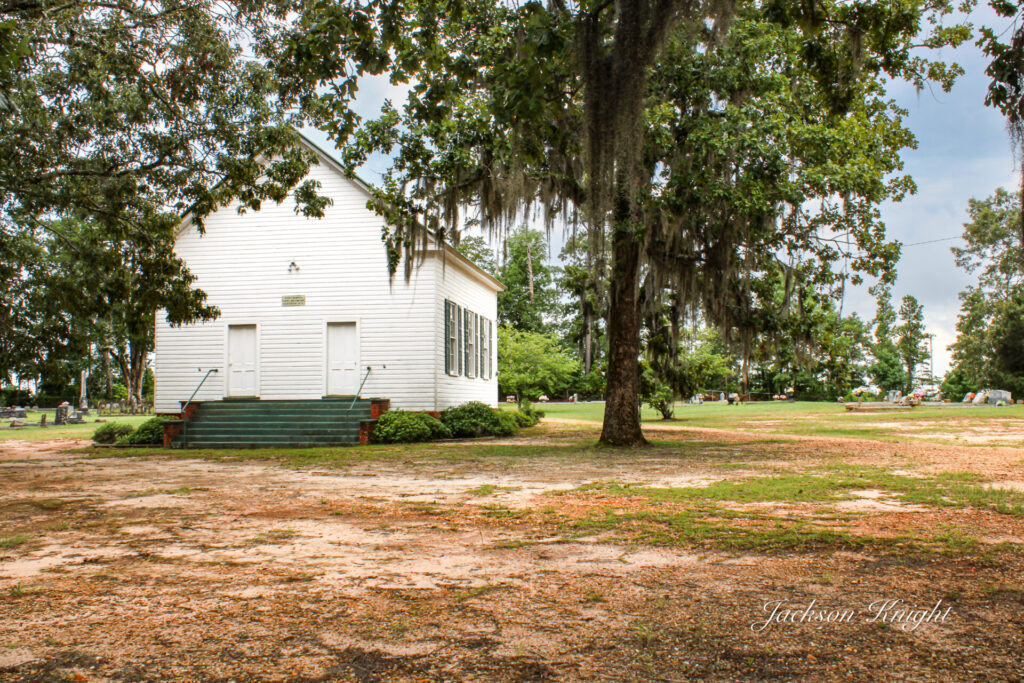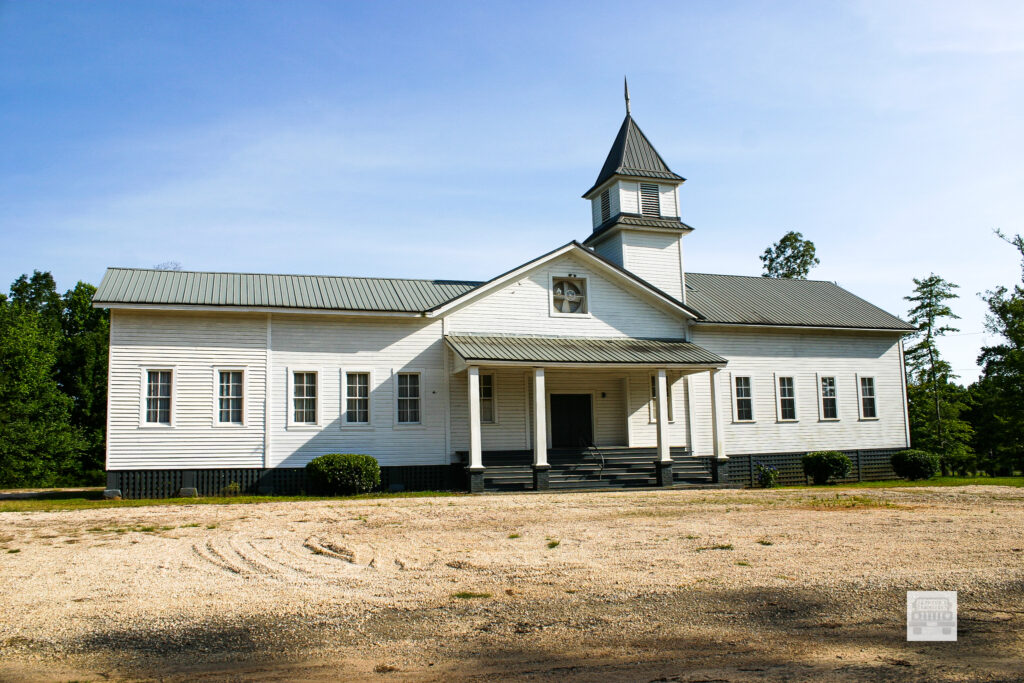I am forever enthused at what lies around the next corner. Always no matter where you turn in our beloved Southern Black Belt Region there is something to find that you did not know. Another story, another interesting person, place, or thing.
I have been tied up for the last week working on projects concerning other business and had to refrain from rambling. Here it is another week coming up and last night my wife said, “it is supposed to rain mid-week.” If we are going to ramble, we need to do it tomorrow. Ha ha, she didn’t have to twist my arm. She is normally the one that is the responsible party in this relationship and tends to what needs to be done. I am normally the one that wants to be out rambling.
Last night I started scouring the maps. I had intentions of covering the area West of AL Hwy 21 and South of AL 10 as much as possible in the time we had. If you know the area, you know it is a sparsely populated area. Many miles of dirt roads with long distances where there are no houses of any kind.
Looking at Google Maps I found several potential things that I wanted to investigate in that area. As I continued looking, I found a church that jumped out at me. It was called Rosebud Lutheran Church and Rosa Young grave on the map. I later learned the proper name was Christ Ev. Lutheran Church and School.
Of course, I had no clue who Rosa Young was, but I had a strong awareness of the Lutheran Churches and Schools that had existed many years ago. I could remember the one at Tinela in Northern Monroe County. I actually remember as a very small child that they had school and church there in what would have been the very early 1960’s.
I also remembered that there was one North of Vredenburgh in Southern Wilcox County on the dirt roads that I always thought was one. I did not remember it being open, but I do remember going up through there and a guy I knew lived there on the property. There was also one out from Buena Vista. Although, I did not know where they were I had always heard that there were others. The ones I knew of closed to the best of my understanding and remembrance when they built a new one on the South side of Vredenburgh. That one was larger and from my guess consolidated several of them into one. This would have been in the early 1960’s. I remember they had a school bus that I think was blue that served the school. I was very young when this happened, but I definitely remember much concerning it.
Because of my curiosity over the years, when I saw that one on the map it immediately jumped out at me. I knew that if there was a way, I would find it on this trip. We wound our way up through the hills from Beatrice checking out some other places that I had found on the map that were interesting. Because I am trying to be as thorough as possible locating things in an area, I was doing my best to get to as much as possible that looked like a possibility.
We ran miles of dirt roads some of them were pretty rough. With a rain coming in some of them would be definitely four wheel drive all the way in a Jeep. This time they were just slick and boggy. Next time will be a different story if it rains. We went through from old Nadawah across the hills and came out on AL 265 and then we turned back across the hills again from Fatama towards Neenah. Then finally in towards Rosebud. Watching my map closely we were able to find it with no trouble. Rounding the curve in the road there it stood.
There was a green building trimmed in white. A lump came into my throat. I remembered those colors or in my mind they were the same anyway. The building looked to me almost exactly like the one I remembered from my early childhood at Tinela. As with every historical thing like that I see that for whatever reason my mind went elsewhere. It went to the old building on AL 41 out from Tinela. I remembered it when it was being used. Then I remembered it going down. Decade by decade slipping into oblivion being reclaimed by nature. In my mind they were exactly the same.
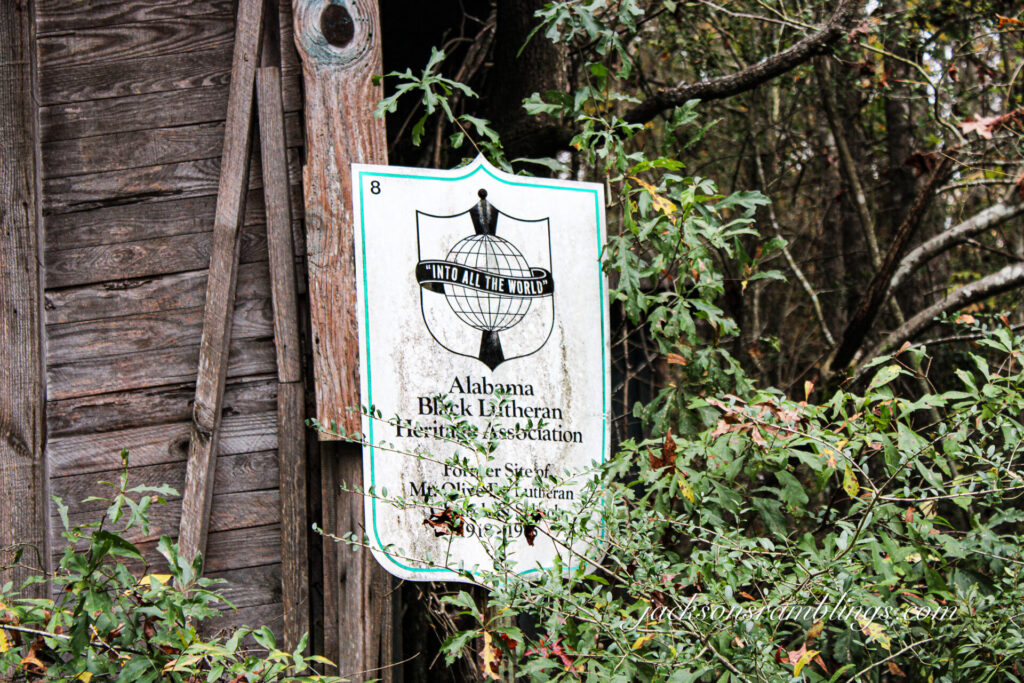
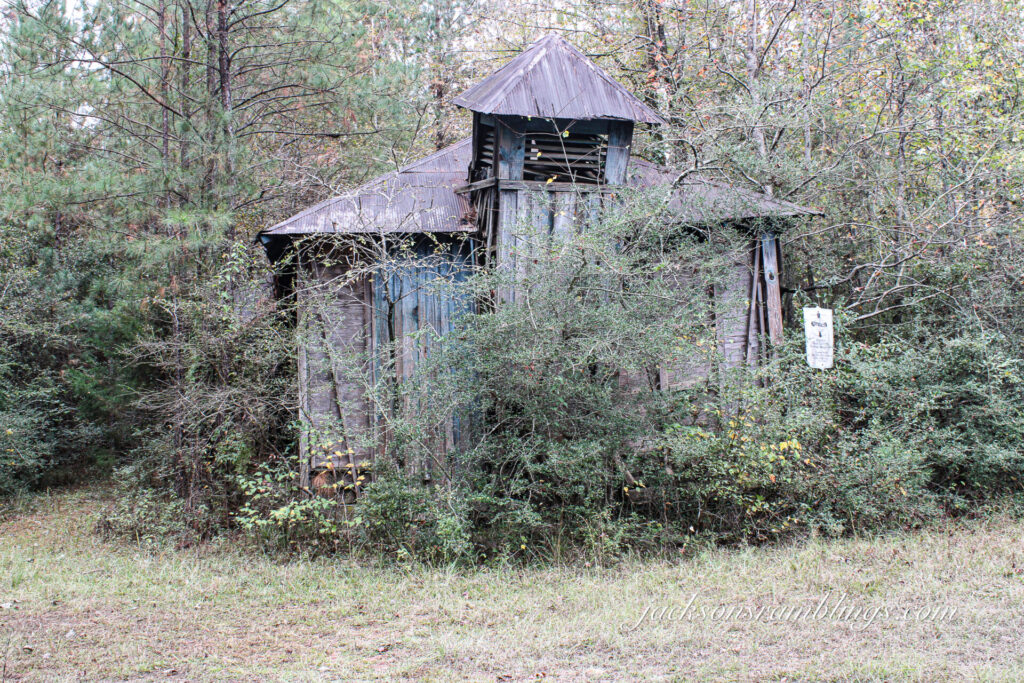
Mt Olive Church School (click link to read)
Then I started to focus on the rest of the grounds. Directly in front of the church was a grave surrounded by a metal fence. I then realized that this was the grave of a woman named Rosa Young. There was a small paragraph long introduction to her on her grave.
Now if you know me, you know I had to find out more about this woman Rosa Young. They always say that Google is your friend. So, I went home and entered her name.
The first page that came up was the Encyclopedia of Alabama with her information.
https://encyclopediaofalabama.org/article/rosa-young/ From that information printed there I learned that she was known as the “Mother of Black Lutheranism in central Alabama. She was a strong advocate of education of rural children.” Rosa Young was born in 1890 and died in 1971. According to the above link, “she was instrumental in founding and promoting the development of Lutheran schools and congregations in the Alabama Black Belt.”
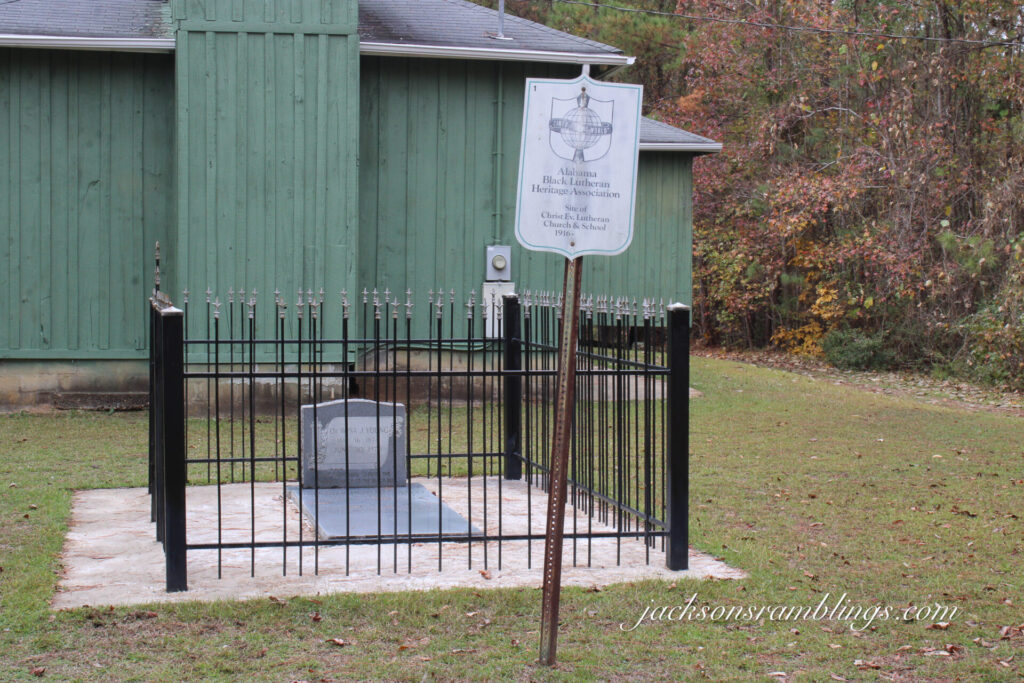
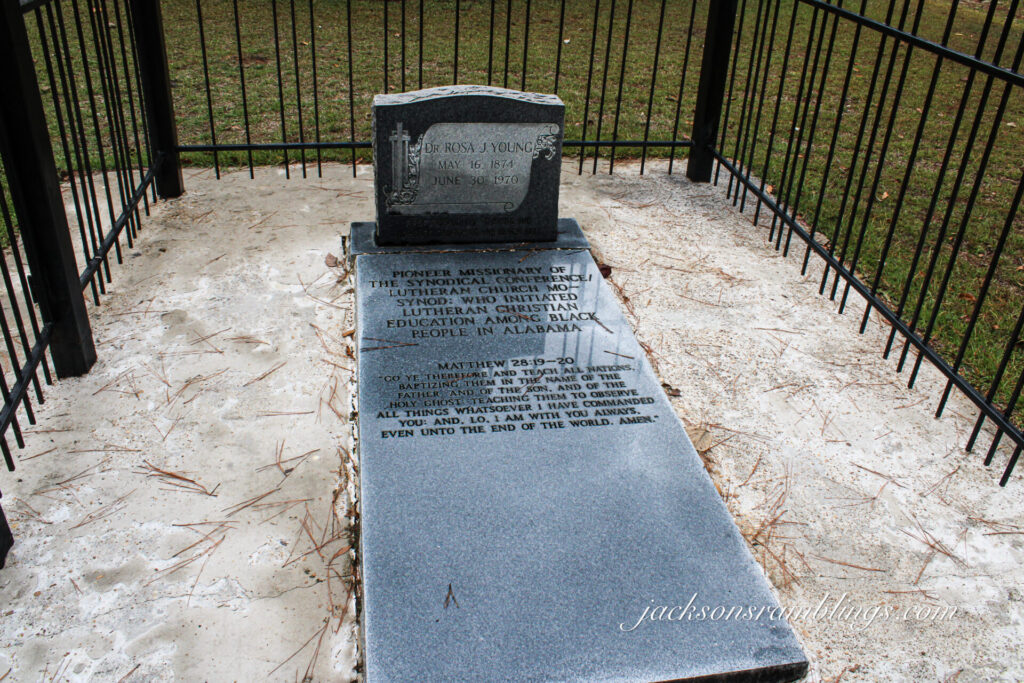
The story on the Encyclopedia of Alabama website is a great story and I will not try to elaborate more because the link to the information is there. One thing in the article in that publication however I strongly disagree with is that it states, “Young and a man named Nils J Baake visited these sites and founded schools that became centers of Lutheran congregations in Buena Vista, Tilden, Tinela, and Midway (all in Wilcox County) in 1916 and Ingomar (in Dallas County) in 1919.” I personally know for a fact that the one at Tinela, and Buena Vista were actually in Northern Monroe County. Tilden appears to have been in Dallas County, Midway also appears to have been in Monroe but at the writing of this post I have not located its where-a-bouts although I intend to if possible.
The Mission at Vredenburgh was a short distance North of the Monroe/Wilcox County line almost directly above the Apple Grove Church. Nothing stands visible there today however according to land ownership maps the Lutheran organization still owns the 5 acres there.
As I stop and think about this information that I have accumulated I can only imagine that it was a monumental feat for this woman raised in rural Alabama in those times to accomplish the feats that she did to bring education to this part of the Rural South. There are volumes more written about her online and in books so I won’t try to quote any more.
Rosa Young is one more great American that should be remembered for centuries to come as a person in our great land that made a difference. In my opinion she is indeed a hero of our beloved Black Belt.
